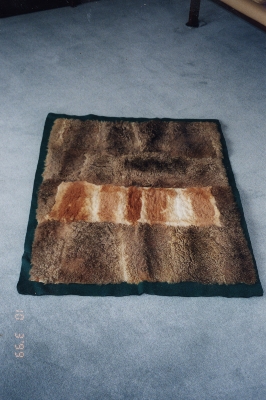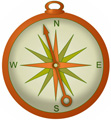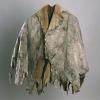Quilt No.677AP - Annette Packett

This home made rug was stitched, from mainly rabbit skins, by Annie Gertrude Mitchell in Raglan Victoria in the early part of this century. Her husband Albert Mitchell shot the rabbits to supplement the family's diet. It then passed to Ida Tunnecliffe their daughter and then to her daughter Annette Packett the present owner. It is not used now.
"It was originally much larger than the present rug. I rescued it from being thrown out nearly thirty years ago because it was in a state of considerable disrepair. To make it presentable, I cut out much of the fur which had perished over the years, and backed it with green felt. (It originally had a green backing). Knowing what I do today I would perhaps have left it in its original state, but at the time I thought I was doing the right thing. ���..My grandparents Lived in Raglan (Victoria). My grandfather was a potato digger, rabbit shooter etc. They owned a cow, and had a large vegetable garden and lots of chooks to supplement their meagre income. ���.I have fond memories of snuggling in this rug as a child. I think most of the skins are rabbit, but I don't know what the tan fur is. It is lovely and soft, and was always my favourite part." [Annette Packett 22.11.99]
Related Quilts:
2350 x 1530mm
1520 x 970mm
1825 x 1625mm
The coverlet is decorated with rows of pieced work surrounding appliquéd and embroidered scenes. A panel down the LHS of the quilt and a smaller panel lower RHS depict animals and floral images. In the centre RHS an elderly couple sit beneath a tree. In the upper left a bride and groom accompanied by three flower girls are showered with petals from a wicker basket carried by a very large angel. Glass beads, sequins and a button have been used to highlight the appliqué and embroidery.
As with all of Mary Jane Hannaford's quilts, the work is stitched by hand and quite crudely, but the naivety of the images is overwhelming with their charm." [NGA] The quilt is not padded or lined. 1950 x 1690mm






